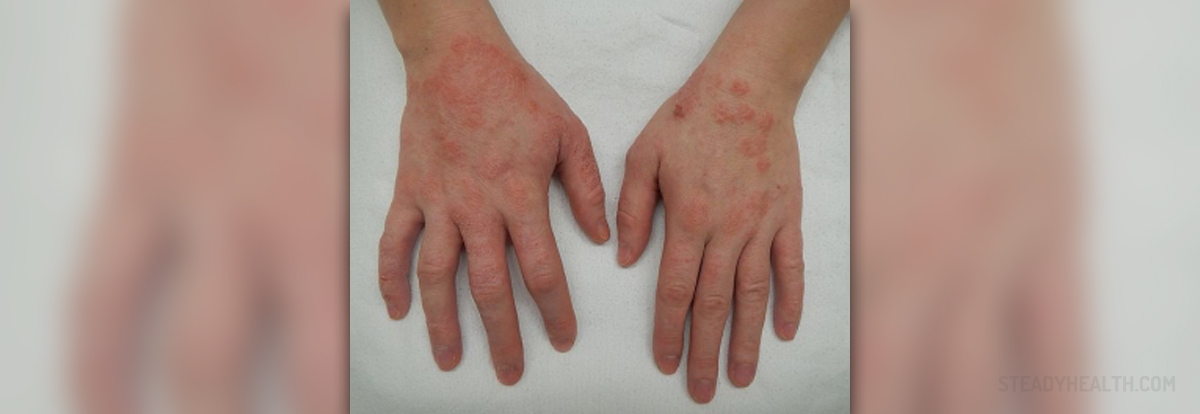
Hand dermatitis is a medical condition characterized as a certain type of eczema and in some cases it may be rather complicated so that it requires special treatment considerations. It is also sometimes referred to as hand eczema. All the different signs and symptoms may come and go on their own. Still, hand dermatitis needs to be treated as soon as possible, before the symptoms become severe. The most common symptoms of hand dermatitis include deformed nails, pus filled lesions on the affected areas, crusting, painful sensations, cracked skin, itchy blisters, redness and scaling of the skin and dry, chapped skin on the hands. Hand dermatitis can affect persons from all age groups and it tends to affect women much more than it affects men.
Causes of Hand Dermatitis
There are numerous different types of factors which can be held responsible for the occurrence of hand dermatitis. The tendency to determine a certain type of hand dermatitis may be inherited. Repeated use and exposure to certain substances may trigger irritation. Frequent washing of the hands removes the protective oils from the skin so it becomes irritated much easier. Hand dermatitis may be triggered by various different types of allergic reactions. Allergic reactions are triggered by different substances called allergens. The body’s immune system responds to these substances and is how an allergic reaction occurs. The most common allergens associated with hand dermatitis include topical vitamin E, rubber and nickel. Poor glove hygiene may also be related to the occurrence of hand dermatitis.
- www.nhs.uk/conditions/contact-dermatitis/treatment/
- www.nhs.uk/conditions/contact-dermatitis/
- Photo courtesy of James Heilman, MD by Wikimedia Commons: commons.wikimedia.org/wiki/File:Dermatitis2015.jpg



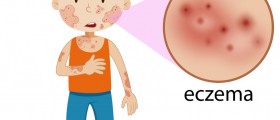








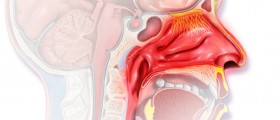
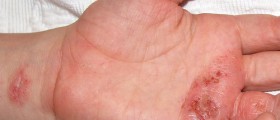

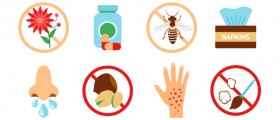

Your thoughts on this
Loading...